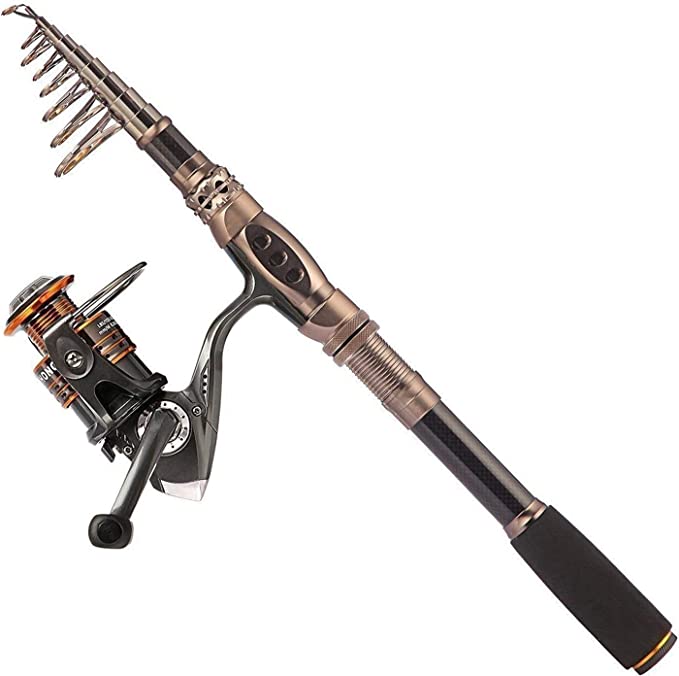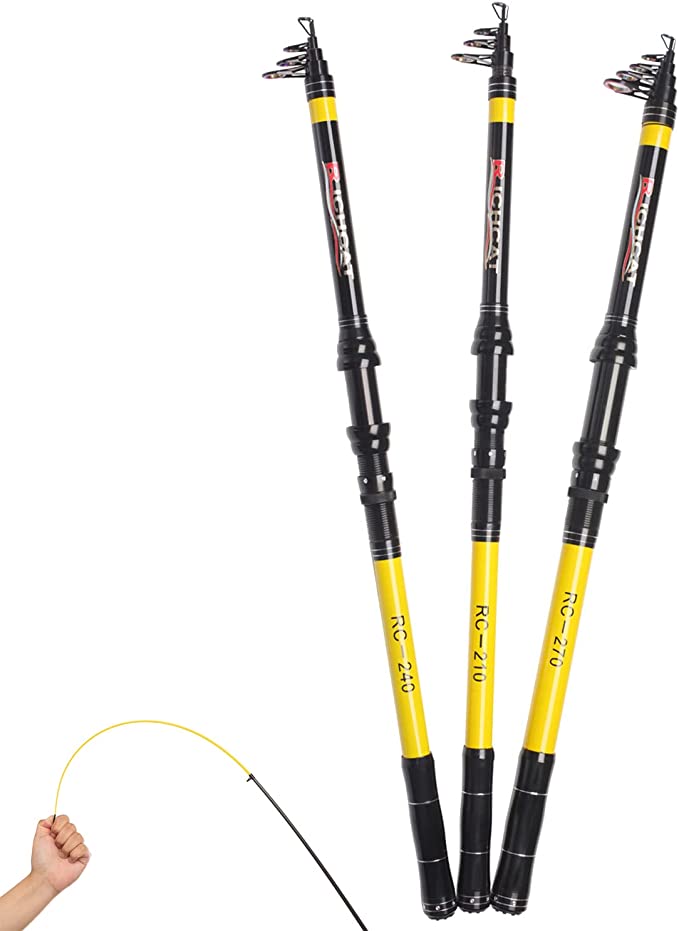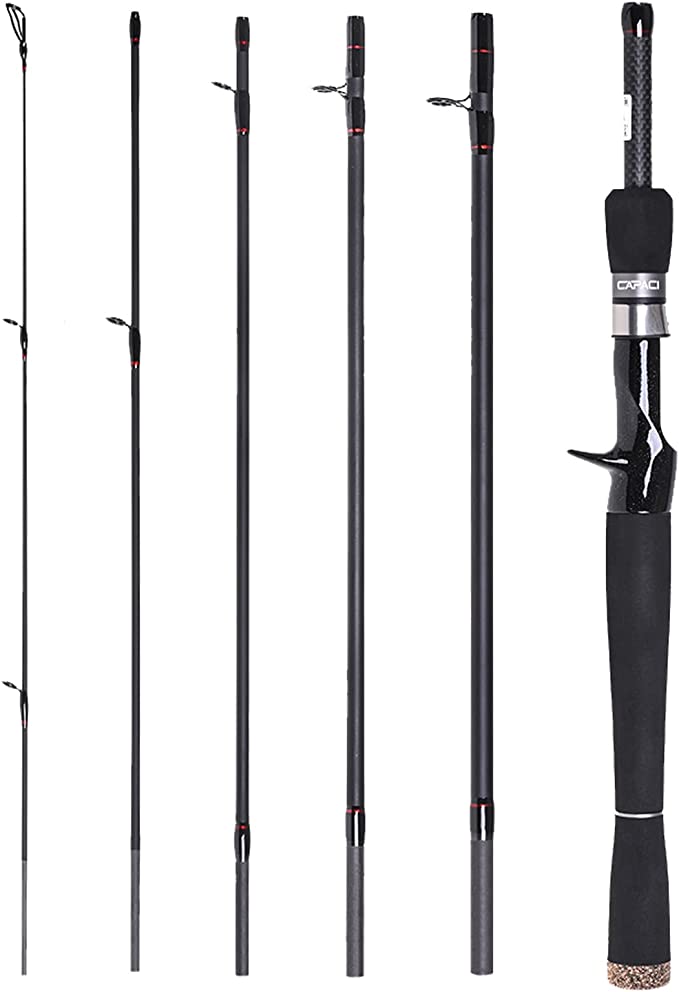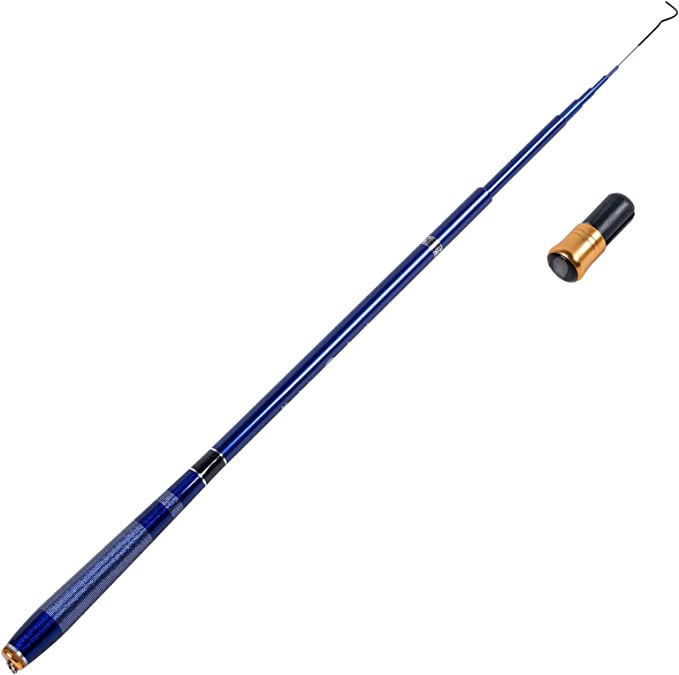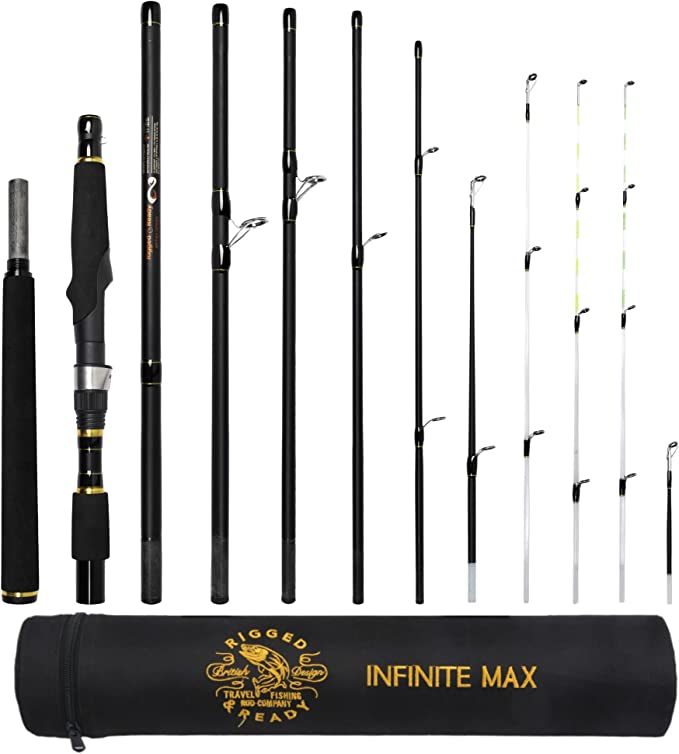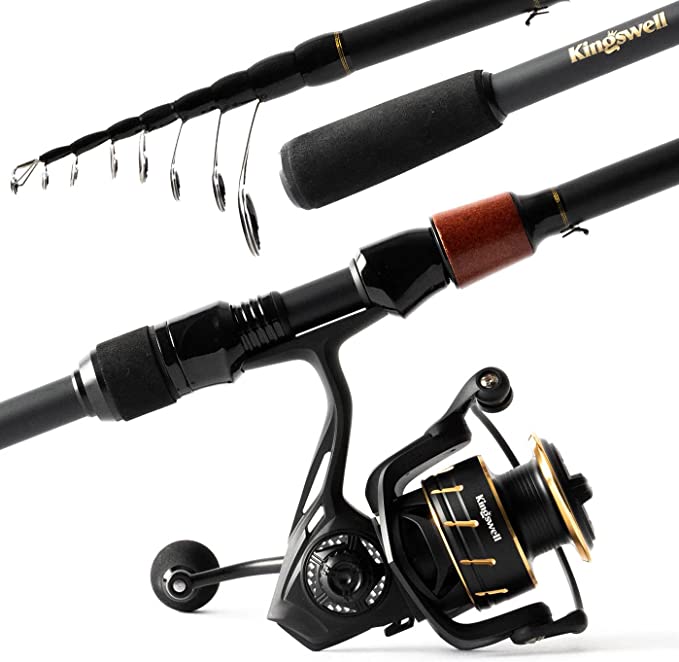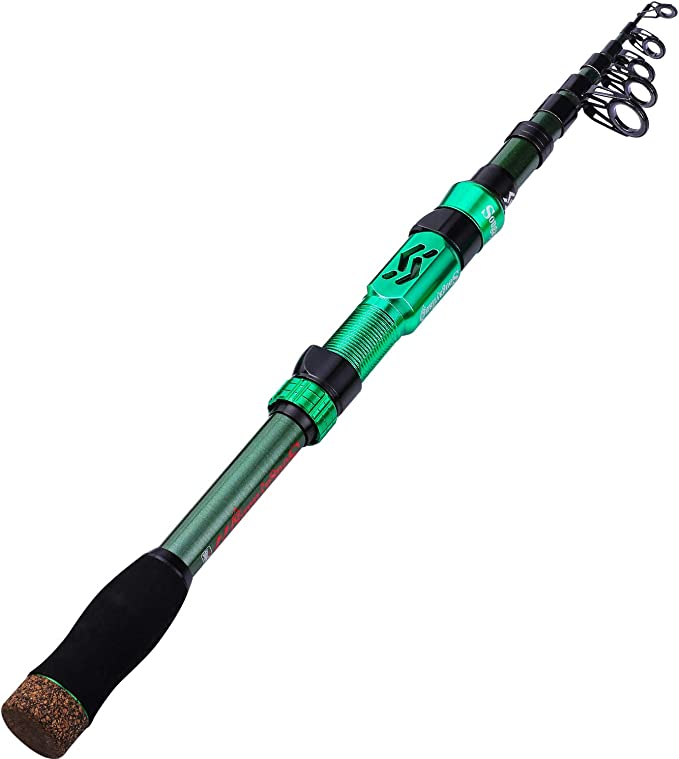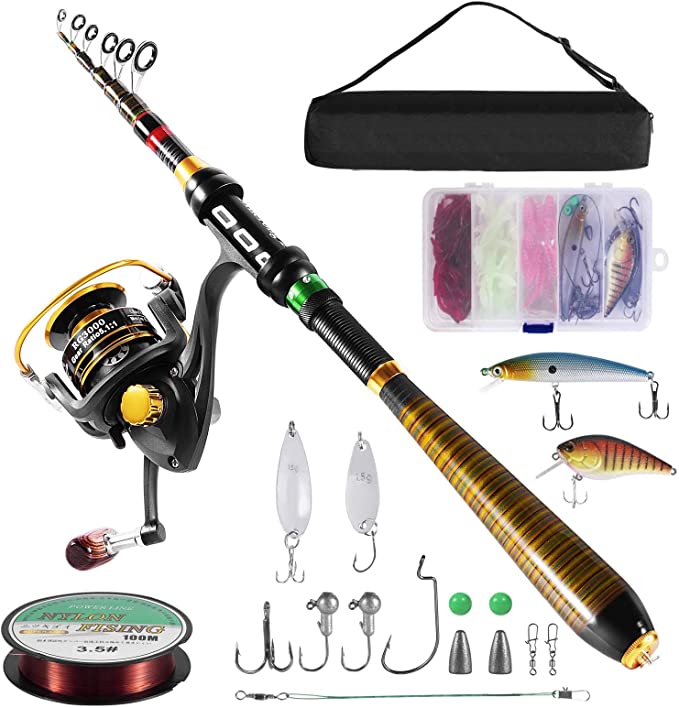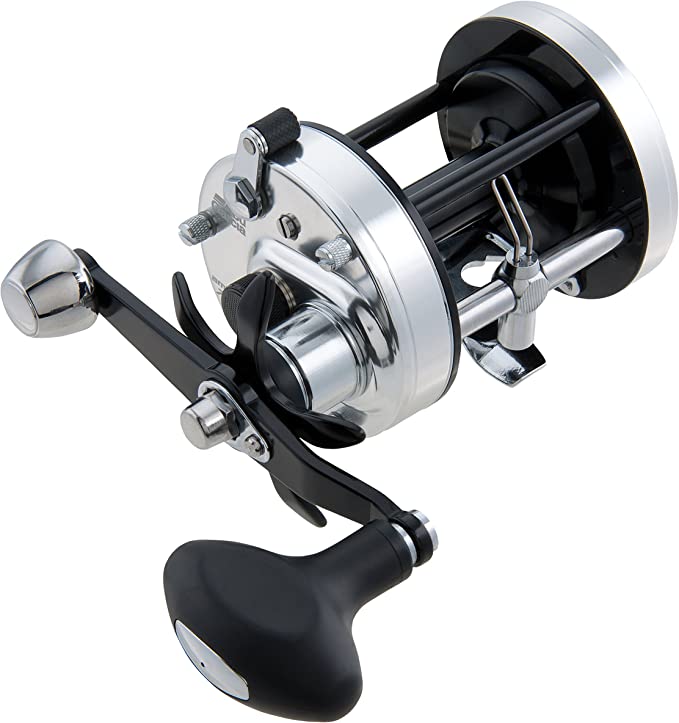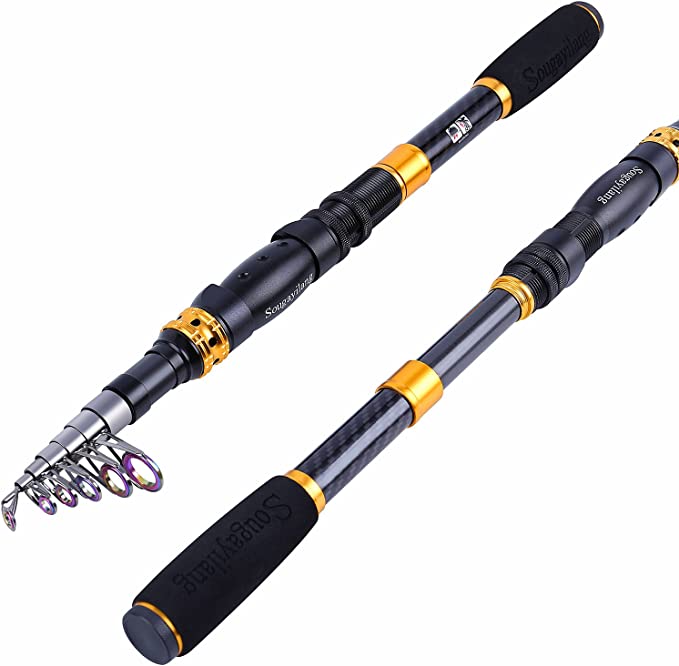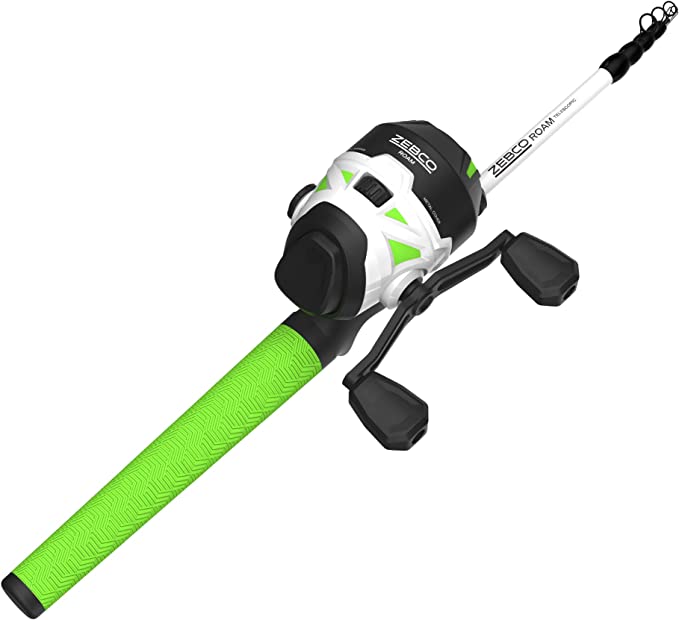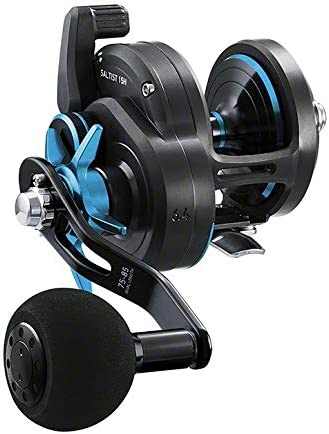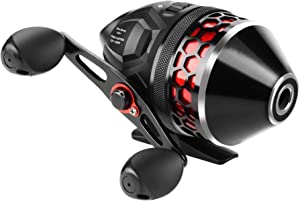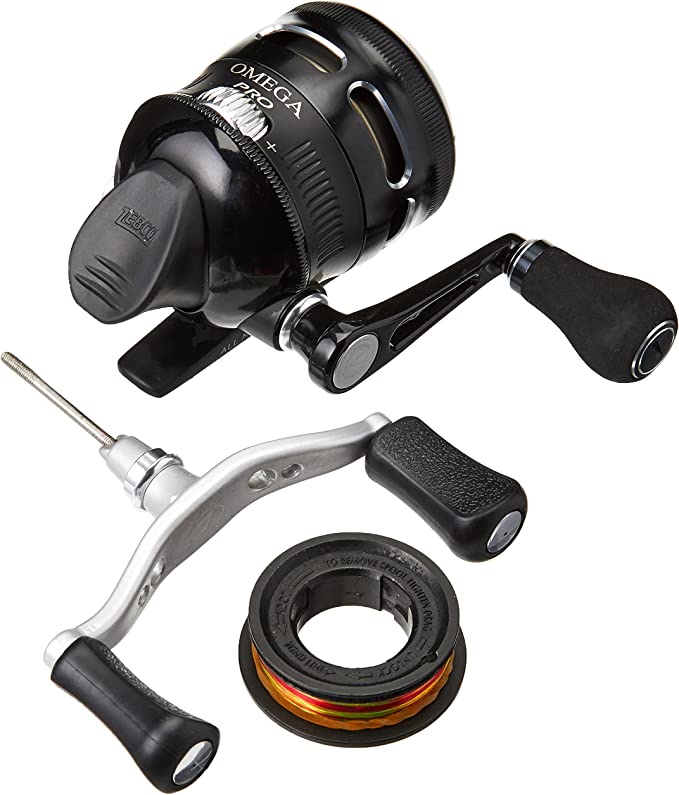The Soul of a Modern Nomad: Unpacking the Science of the Ghosthorn Telescopic Fishing Rod
Update on Aug. 1, 2025, 7:20 a.m.
Imagine standing on a ridge, miles from any road. A silver ribbon of a creek carves through the valley below. In another era, the thought of fishing that pristine water would be a daydream, crushed by the reality of hauling a clumsy, seven-foot pole through dense woods. Today, you simply swing a pack from your shoulders, unzip a side pocket, and retrieve a compact tube just 17 inches long. Within moments, what was a mere baton transforms into a full-length fishing rod, ready for the cast. This isn’t magic; it’s a quiet marvel of modern material science and engineering, a testament to how technology can grant us access to the wild. The Ghosthorn telescopic fishing rod is one such marvel, and to truly appreciate it, we must look deep inside its soul.
The Resilience of Carbon: More Than Just ‘Graphite’
The heart of any modern high-performance rod is its blank, and the Ghosthorn’s is described as being made from “30-Ton Graphite.” This specification is one of the most misunderstood yet crucial in the angling world. The term “graphite” itself is industry shorthand for carbon fiber, the same lightweight, ultra-strong material that forms the chassis of Formula 1 cars and the wings of stealth bombers.
The “30-Ton” figure has nothing to do with weight. It’s a rating of the material’s Modulus of Elasticity—its inherent stiffness and resistance to bending. Think of it as the material’s will to return to its original shape. A higher modulus means the carbon fibers are more rigid. This rigidity translates directly into sensitivity. When a trout subtly sips a fly dozens of feet away, the vibration travels up the line and through the rigid, high-modulus blank with minimal energy loss. The rod acts less like a flimsy whip and more like a finely tuned seismograph, transmitting the faintest tremors directly to your hand. This is the science that allows the rod to be 20% lighter than its fiberglass or composite counterparts; less material is needed to achieve the required stiffness and strength, a core principle of advanced engineering.
But a telescopic design presents a unique challenge: the joints. To counter the inherent weakness of these connection points, the rod’s ceramic guide rings employ a “weaving + resin technology.” This is a deliberate reinforcement, an acknowledgment that a chain is only as strong as its weakest link. By securely bonding the guides, the design mitigates a common failure point, ensuring the rod’s integrity when under the load of a fighting fish.
A Dialogue of Force: The Physics of the Drag System
If the rod is the nervous system, the reel is the heart, and its drag system is the intricate valve that controls the flow of power. When a large fish makes a sudden, powerful run, you don’t simply hold on. You engage in a dialogue of force, and the drag system is your language. The Ghosthorn reel’s upgrade to three carbon fiber washers from traditional wool felt is a leap from rudimentary communication to articulate negotiation.
To understand why, we must delve into the physics of friction. A drag system works by applying controlled friction to the spool. Old-school wool or leather washers suffer from two major problems. First is “stiction”—a high initial static friction that requires more force to get the spool moving than to keep it moving. This causes a jerk at the start of a run, which can easily snap a light leader. Second is heat. A long run generates immense heat, causing felt washers to compress and lose their consistency, resulting in a stuttering, unreliable drag.
Carbon fiber washers solve these problems at a molecular level. The material has nearly identical static and kinetic friction coefficients, virtually eliminating stiction and ensuring a buttery-smooth release of line from the very first inch. Furthermore, carbon is exceptionally stable at high temperatures, dissipating heat efficiently and maintaining consistent pressure. It doesn’t absorb water, swell, or compress under load. This allows the system to exert up to a remarkable 34.3 lbs of stopping power without sacrificing an ounce of smoothness. It’s the difference between the grabbing, unpredictable brakes of an old farm truck and the responsive, anti-lock braking system of a modern sports car.
The Elegant Compromise: Understanding the Laws of Design
With all its advanced materials, is this telescopic rod indestructible? No, and it’s crucial to understand why. Every piece of engineering is an exercise in trade-offs, and the primary trade-off here is absolute strength for unparalleled portability. The very feature that makes the rod a joy to carry—its telescopic sections—is also its point of engineered compromise.
In a standard one-piece rod, the force of a cast or a fish is distributed along a single, uninterrupted spine. In a telescopic rod, that force must transition across multiple joints. In engineering, this is known as Stress Concentration. The points where one section nests inside another become focal points for stress. While the carbon fiber material itself is incredibly strong, these junctions are, by their very nature, areas where the rod is most vulnerable. This is why some users may experience breakages that seem to defy the material’s strength. It is not a flaw in the material, but a law of physics inherent to the design. The Ghosthorn is not built to winch a marlin from the deep; it is built to give you a capable, high-performance tool in places you could never carry a conventional rod. It prioritizes access over brute force, a choice that empowers the adventurous angler.
A Key to Unseen Waters
In the end, every technological specification—the modulus of elasticity, the friction coefficient of carbon, the precise engineering of the joints—serves a single, human purpose: freedom. This 17-inch package is more than the sum of its parts; it is a key. It unlocks remote alpine lakes, hidden backcountry streams, and spontaneous fishing opportunities on a cross-country road trip. The Ghosthorn Telescopic Fishing Rod, like all great modern gear, doesn’t just perform a function. It dissolves a barrier, transforming the landscape from something to be merely observed into a world of possibilities waiting to be explored. And that is the true magic coiled within its carbon-fiber soul.
